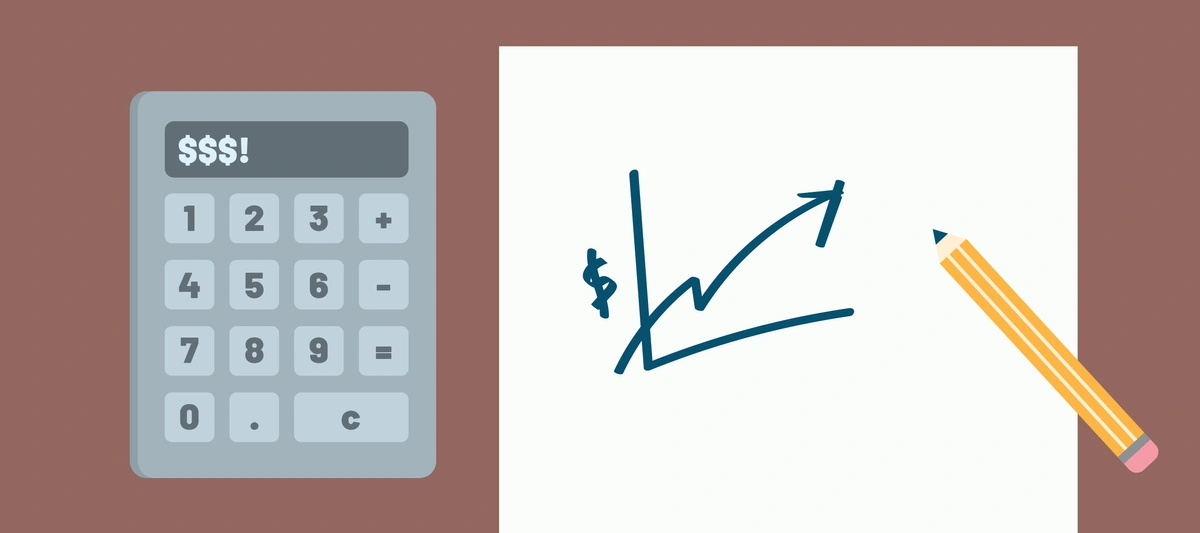With Indigo, estimate your carbon payment with accuracy
by Ryan Stockwell
Indigo’s carbon calculator provides a simple yet accurate estimate of a farmer’s potential carbon credits and revenue. Learn your carbon payment estimate.

Carbon sequestration is the name of the game in the carbon market, but it isn’t as easy to measure as bushels of corn and soybeans or tons of forage production. That is where computer models guided by random soil sampling come in to generate accurate measurements and calculations of carbon sequestration across hundreds of thousands of acres.
As a quick refresher, here’s how carbon sequestration works: growing plants take carbon dioxide out of the atmosphere and turn it into plant material (leaves, stalks, roots) and also give some carbon to soil organisms (root exudates) in exchange for nutrients from the soil. Some say carbon is the currency within the soil, making the soil economy function. There are two ways to increase carbon in the soil:
-
Cover crops: Increase the length of plants growing in a field with cover crops.
-
Tillage reduction: Reduce tillage to decrease the loss of soil carbon. Soil disturbance (tillage) causes a release of soil carbon, turning it back into carbon dioxide. Over time, most agricultural soils have lost half of their soil carbon through years of annual tillage.
To help growers estimate the soil carbon impact of implementing new practices, Indigo provides a simple carbon calculator to estimate the change in carbon sequestration. This calculator is now more accurate than before, since the machine powering it has recently incorporated results from Indigo’s 2021 carbon crop, which include higher resolution soil type mapping as well as thousands of sampled data points obtained as part of the random sampling of our program. This updated data has resulted in the following refinements in the carbon calculator:
-
Reducing tillage takes a bit more time to build up soil carbon. It takes time for the soil biology to come back to start working with plants to make the nutrients for carbon exchange. This lowers the credit potential in early years, but increases it in later years of using the practice.
-
Cover crops have a bigger carbon gain on soils with lower starting SOC.
Two facts still remain: stacking practices continues to be the fastest way to generate the highest credits. Also, a high-quality carbon credit generates the highest demand and price. For the first and second carbon crops, Carbon by Indigo farmers were paid $30/credit, a 200% increase over the original minimum payment rate.* When combined with the updated carbon calculator, this price jump shows strength in the science and demand for carbon credits.
By: Ryan Stockwell, Indigo Grower Engagement Senior Manager and Wisconsin farmer
Citations
*Past carbon credit sale prices and payment rates not indicative of future prices and rates. Indigo does not guarantee any minimum number of carbon credits generated or total payments received. All payments on a performance basis.
This article may include information from third-party sources or other information that Indigo may not independently verify. Carbon quantification methods, processes and understandings are in their nascency and subject to change and continuous development. The information contained herein is for general informational purposes only and may be based on generally applicable assumptions that may not be applicable to any individual operation. Actual results may differ among growers and farms based on a large number of variables. Each operation should independently consider the financial implications and all potential risks and benefits of the use of any agronomic practice. Any payments under Carbon by Indigo are subject to multi-year vesting and are contingent on continued long-term maintenance of regenerative agricultural practices and soil carbon levels. All Carbon Credits generated are subject to buffer pool holdbacks required by third-party crediting; participants will not receive payments for such holdback. Neither Indigo nor its representatives or affiliates makes any representations, warranties or guarantees as to any specific outcomes (agronomic, financial or otherwise) in connection with any recommendations, calculations or predictions. Terms, conditions, limitations and eligibility requirements apply. See program agreement for additional details regarding Carbon by Indigo.
Farmers like you are getting paid to implement practices that improve soil health. With skyrocketing input costs, see how covers help.
You might also be interested in:
Neither Indigo nor any of its affiliates makes any representations, warranties or guarantees as to any specific results or outcomes, including, without limitation, with respect to soil health outcomes or any minimum amount of greenhouse gasses sequestered or number of carbon credits generated. Participation in Carbon by Indigo is subject to the terms, conditions and limitations of the program contained in the applicable enrollment agreement. Any payments under Carbon by Indigo are subject to multi-year vesting and are contingent on continued long-term maintenance of regenerative agricultural practices and soil carbon levels. All Carbon Credits generated are subject to buffer pool holdbacks required by third-party crediting; participants will not receive payments for such holdback. Not available in all areas.
500 Rutherford Ave, Boston, MA 02129 | 844.828.0240 | info@indigoag.com